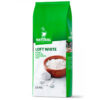Understanding Ornithosis in Birds
Understanding Ornithosis in Birds: Symptoms, Causes, and Prevention
Ornithosis is a contagious disease caused by Chlamydia psittaci, a bacterium that can wreak havoc on bird populations, especially in lofts where pigeons and other birds are housed in close quarters. This disease spreads rapidly, often going unnoticed until it begins to affect the health and performance of birds. In this post, we’ll break down everything you need to know about ornithosis—its causes, symptoms, and, most importantly, how to prevent it from impacting your flock.
What is Ornithosis?
Ornithosis, also known as psittacosis or parrot fever, is a bacterial infection that affects birds and can sometimes be transmitted to humans. The Chlamydia psittaci bacteria are highly contagious and can spread through:
- Lachrymal fluids (eye secretions)
- Droppings
- Mucus from the beak and throat
- Crop milk (food regurgitated for feeding young)
Once a bird is infected, it becomes a carrier and continuously sheds the pathogen, exposing other birds to the disease. Birds contract ornithosis by inhaling dust containing the bacteria, ingesting contaminated feed or water, or through direct contact, such as feeding their young or engaging in beak-to-beak contact.
Why is Ornithosis More Common During Molting Season?
Molting season is a critical time for birds, as they shed and regrow feathers. This process generates an increased amount of dust in lofts, which provides an ideal medium for the bacteria to spread. The more dust that accumulates, the easier it is for birds to inhale contaminated particles, making ornithosis a significant concern during this period.
Studies suggest that over 65% of young birds suffer from ornithosis complex, which can lead to stunted growth, weakened immune systems, and increased vulnerability to secondary infections.
Symptoms of Ornithosis
Detecting ornithosis early is crucial to managing and preventing outbreaks. Here are some of the most common symptoms:
Respiratory Symptoms:
- Sneezing, rattling, and coughing
- Nasal secretions
- Swollen eyelids and wet eyes
- One-eye blinding (a telltale sign of advanced infection)
Behavioral Symptoms:
- Lack of energy and condition
- Reduced desire to fly or participate in activities
Physical Symptoms:
- Inflammation that causes itching and pain, leading to head and beak scratching
- Discolored wattles (the fleshy part around the beak)
- Feather loss or an unkempt appearance
If left untreated, ornithosis can lead to severe respiratory distress, weight loss, and even death in extreme cases.
How to Prevent and Control Ornithosis
While ornithosis is highly contagious, it is also preventable. Here are some key steps to keeping your birds safe and healthy:
1. Maintain a Clean and Dry Loft
- Regularly clean droppings, dust, and debris.
- Use loft dressings like Belgium White Loft Dressing to absorb moisture and reduce bacterial growth.
- Ensure proper ventilation to minimize airborne contaminants.
2. Improve Hygiene Practices
- Disinfect food and water containers daily.
- Provide clean, uncontaminated water.
- Avoid overcrowding to reduce direct contact between birds.
3. Strengthen Your Birds’ Immune System
- Feed a balanced diet rich in vitamins and minerals.
- Add probiotics to their diet to support gut health.
- Provide immune-boosting supplements, especially during molting season.
4. Quarantine New or Infected Birds
- Always isolate new birds before introducing them to your flock.
- If a bird shows symptoms, separate it immediately and monitor its health.
5. Use Preventative Treatments
- Some breeders use antibiotics as a precautionary measure under veterinary guidance.
- Natural supplements like garlic and oregano oil can support respiratory health and reduce bacterial loads.
Treatment Options for Ornithosis
If you suspect your birds have ornithosis, seek veterinary care immediately. Treatment typically includes:
- Antibiotics: Tetracyclines are commonly used to treat Chlamydia psittaci infections.
- Supportive Care: Providing extra warmth, hydration, and nutrition can aid in recovery.
- Loft Sanitation: Thoroughly disinfect the environment to prevent reinfection.
Conclusion: Protect Your Birds from Ornithosis
Ornithosis is a serious yet manageable disease that every bird keeper should be aware of. By maintaining proper loft hygiene, practicing good biosecurity, and ensuring a healthy diet for your birds, you can significantly reduce the risk of infection. Early detection and prompt treatment are key to preventing an outbreak from devastating your flock.
If you’re looking for a way to keep your loft cleaner and healthier, consider using Belgium White Loft Dressing is a great solution for absorbing moisture, reducing bacteria, and maintaining a pristine environment for your birds.
Stay vigilant, keep your loft clean, and watch your birds thrive in a safe, healthy space!
“Until Next time Keep Them Healthy And Flying”


